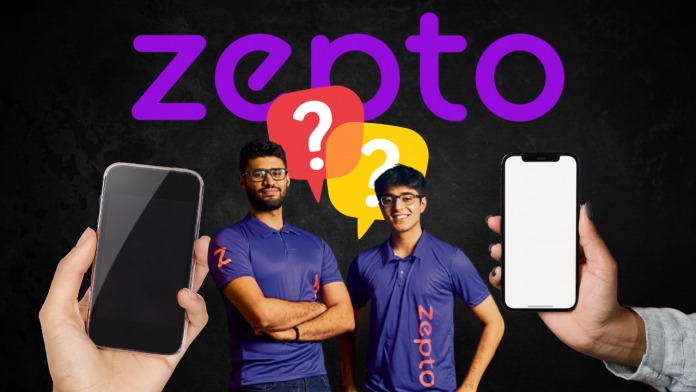Ankit Sharma from ZS Associates recently shared a thought-provoking post on LinkedIn that’s been making the rounds—and for good reason. What started as a simple grocery order on Zepto turned into a moment of quiet alarm when he noticed something unusual: the same items had drastically different prices across two devices.
Continue Exploring: “Kuch Nahi Hoga”—Anupam Mittal Challenges This Dangerous Mindset in Policy Bazaar’s New Ad
Same account. Same location. Same time. Completely different prices.
Take this example: a 200g pack of sweet corn was listed at Rs. 46 on one device and Rs. 106 on the other. Coriander leaves? Rs. 7 on one phone, Rs. 18 on the other. The difference wasn’t a few rupees—it was more than 100% in some cases.
These weren’t obscure, shady listings. They were the same products, sold by the same seller, with the same delivery time and product images. The only difference? One device was an Android, the other an iPhone.
Sharma’s post wasn’t a rant—it was a reflection. As someone who appreciates the value Zepto brings to urban convenience, he wasn’t dismissing the brand’s contributions. After all, Zepto has become a significant player in the Indian startup landscape, generating over 1.5 lakh jobs and contributing to the economy in a meaningful way.
But the post raised critical questions that hit home for any regular user of quick-commerce platforms:
- Are we unknowingly paying more based on the device we use?
- Is dynamic pricing stretching beyond reason?
- Are customers owed greater transparency?
In the age of algorithm-driven pricing and digital shopping, it’s easy to overlook these details. But when someone points it out, you can’t help but wonder how often you’ve been on the pricier end of the spectrum—without even knowing it.
Continue Exploring: Lahori Beverages Nears ₹450 Crore Fundraise as Valuation Soars to ₹2,500 Crore – A New Challenger in India’s Booming Drinks Market
This isn’t just about Zepto. It’s a nudge for all of us to be more curious about the apps we use every day. Shouldn’t pricing be consistent if all other factors are the same? Is convenience silently costing us more than we realize?
Sharma ended his post with a hope—for answers, for transparency, and for a constructive conversation. And perhaps, for other users to start asking the same questions.
Because maybe it’s time we all looked a little closer at the “Buy Now” button.





